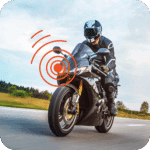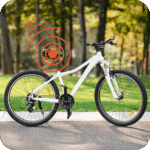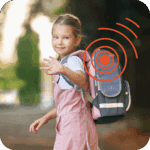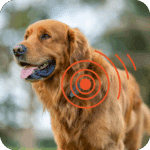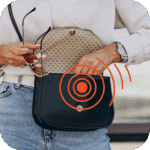How to Keep Your Pets Safe
Owning a pet means adjusting your home, outdoor areas, and lifestyle to include them safely. Here, we discuss some simple yet crucial changes you can make to create a pet-friendly environment.
Pets Homecoming
Start with your house, where you and your pet spend most of your time. Dog-proofing your home involves identifying and modifying areas and items that could be hazardous to your dog. Here are some tips:
- Hide electrical wires.
- Use enclosed shoe racks.
- Keep wardrobes and kitchen cupboards shut.
- Store medicines and cosmetics out of reach.
- Lock away cleaning chemicals and pesticides.
- Avoid leaving small plastic items on the floor.
These are basic precautions, but depending on your lifestyle, there may be other considerations. Also, think about your pet when buying home decor, such as artificial flowers or air fresheners, which should be chosen and placed carefully.
To know more about detailed pet safety tips visit security.org
Technologies for Responsible Pet Owners
Technology can help keep your dog safe when you’re not around. Here are a few options:
- A pet tracker: Devices like the PET FINDER 4G provide real-time location tracking. You can monitor your pet’s whereabouts and get alerts through your phone.
- Video surveillance cameras: These allow you to watch live feeds of what your dog is doing while you’re away.
- Smoke detectors: Smoke and carbon monoxide detectors can alert you to fires. Smart models can automatically open doors and notify you.
The Importance of First Aid
Every dog owner should know first aid for pets. You can learn these skills from your vet or reliable sources.
Dog Training
Dog training is not solely about teaching pets to obey commands; it’s also about helping them understand that they are in safe hands. Training should foster a sense of security and communicate your unconditional love for your pet. While it’s important to teach certain commands for safety and behaviour management, the primary focus of training should be on strengthening the bond between you and your pet.
Conducting these sessions under the guidance of expert trainers ensures that the process is effective and smooth. Additionally, training can significantly enhance communication between you and your dog, helping to prevent misunderstandings and manage behaviour proactively. Regular training not only keeps your dog mentally stimulated but also builds their confidence and trust in you. If you would like to teach your dog the most important dog commands visit tractive’s blog here


